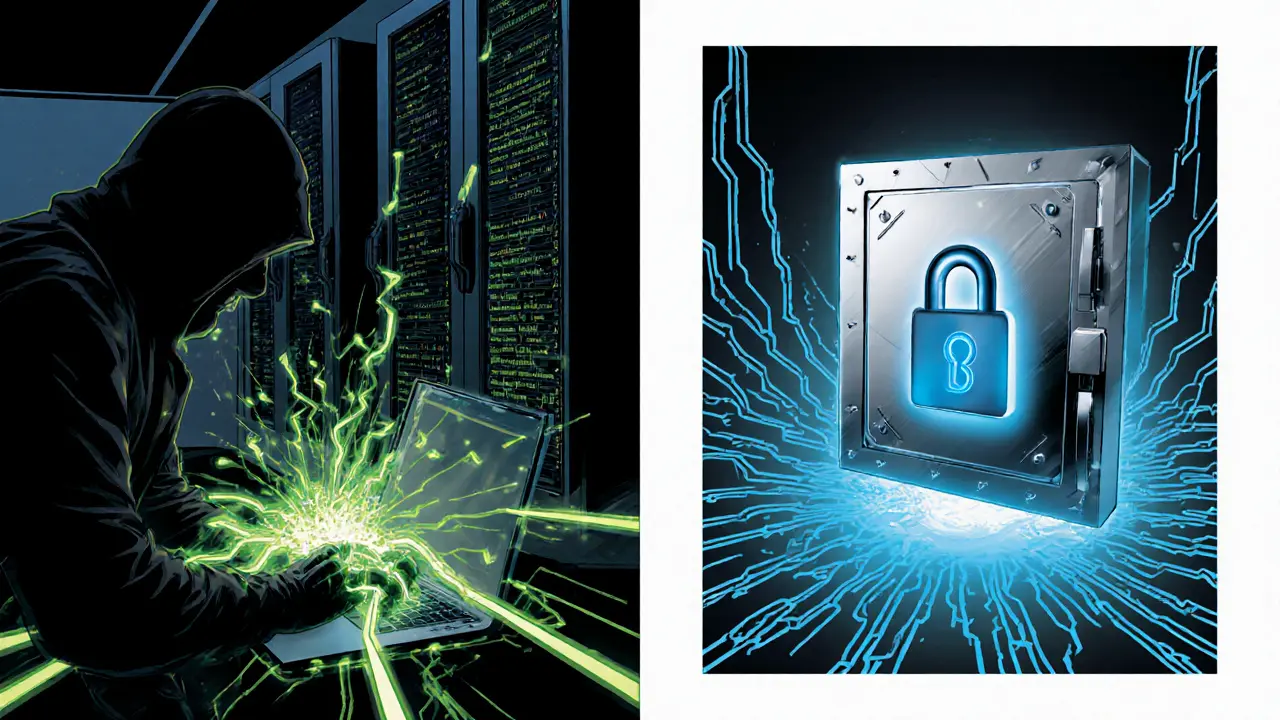FIPS 140-2: What It Means for Crypto and Cloud Security
When working with FIPS 140-2, a U.S. government standard that defines security requirements for cryptographic modules. Also known as Federal Information Processing Standard 140‑2, it sets the baseline for protecting sensitive data in hardware and software. FIPS 140-2 is often the first checkpoint for any organization that handles encrypted information.
One of the core cryptographic modules, the building blocks that perform encryption, decryption, and key management must pass rigorous testing in accredited labs. This testing is called validation, and it proves that the module meets the defined security levels. The National Institute of Standards and Technology (NIST, the U.S. agency that publishes the FIPS series) issues the final certification after the lab submits its results. If a module fails, developers must patch weaknesses and resubmit, ensuring that only hardened products reach the market.
Why does this matter for everyday crypto users? Because many popular wallets, hardware security modules (HSMs), and cloud‑based key services claim PCI DSS, the payment card industry’s data‑security standard compliance, which often references FIPS 140‑2 as a prerequisite. In practice, meeting FIPS 140‑2 can streamline PCI DSS audits, reduce audit costs, and boost customer confidence. The relationship is clear: FIPS 140-2 influences PCI DSS assessments by providing a proven security baseline.
How FIPS 140-2 Shapes Cloud and SaaS Offerings
Cloud providers now embed FIPS‑validated modules into their key‑management services. This practice, known as cloud security, the set of policies and technologies protecting data in cloud environments, lets businesses run workloads that meet government and industry regulations without building their own hardware. When a SaaS product advertises “FIPS‑140‑2‑validated encryption,” it means the underlying crypto library has passed NIST’s checklist, reducing the risk of backdoors or weak key generation.
Developers can also leverage open‑source libraries that have undergone FIPS validation, such as OpenSSL FIPS modules or Bouncy Castle’s FIPS‑compatible version. Using these libraries shortens development cycles because the heavy lifting of compliance is already done. However, the library must be used exactly as documented; changing default settings or disabling certain features can void the validation.
Beyond software, hardware devices like smart cards and TPMs (Trusted Platform Modules) often carry a FIPS 140‑2 stamp. This stamp assures that the physical device protects keys against tampering, side‑channel attacks, and unauthorized extraction. For enterprises deploying Internet‑of‑Things (IoT) sensors, choosing a FIPS‑validated TPM can be the difference between passing a security audit or failing it.
In summary, FIPS 140‑2 serves as a common language between regulators, cloud vendors, and crypto developers. It defines a set of security levels (Level 1‑4) that map directly to risk profiles, it requires validation testing from accredited labs, and it drives compliance across standards like PCI DSS and FedRAMP. As you explore the articles below, you’ll see real‑world examples of how teams achieve and maintain FIPS compliance, what pitfalls to avoid, and why the standard remains a cornerstone of modern data protection.

Learn what a hardware security module (HSM) is, how it protects cryptocurrency private keys, deployment options, integration steps, and best‑practice tips for enterprises.
Continue Reading





